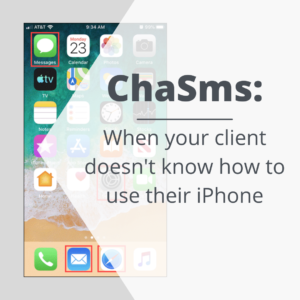A well-written Facilitator Guide (FG) is the key to a classroom experience that flows. For a more detailed video breakdown of this guide, please watch the video below:
This FG was designed with “scanability” in mind. Of course, we expect the facilitator to review the material before class, but as they run the course they’ll also need to be able to divide their attention between the guide and the classroom, and get back to their next steps easily.
The key to this quick-glance feature is the instruction blocks. Each block is color-coordinated and corresponds to a particular symbol, making it more accessible for those with color deficiency. These blocks also make updating material easier for the Instructional Designer to locate later on. For instance, anything in the “Orange” Facilitator notes is deleted in the Participant guide, so if information in the orange blocks needs to be updated, the ID already knows that it doesn’t appear in the Participant guide.
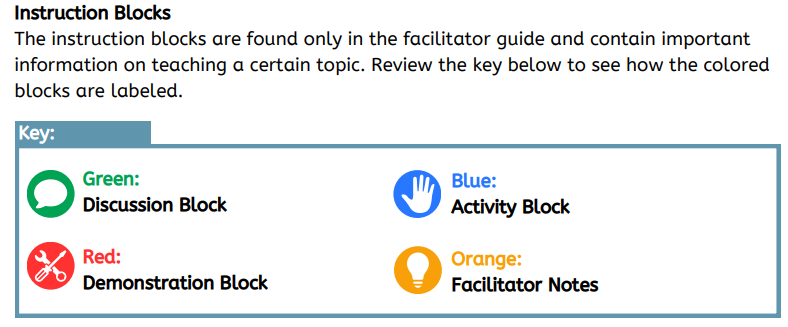
The FG also includes information on what the slide deck should be displaying by the time they arrive at this content. This helps the facilitator stay on track, and will be copied into the Participant Guide so that learners are also aware of where they are in the course if they lose track. It is my opinion that we should always be gracious with our learners and not punish them for losing track of where they are in the course: for example, they may be taking notes or arriving back from the bathroom.
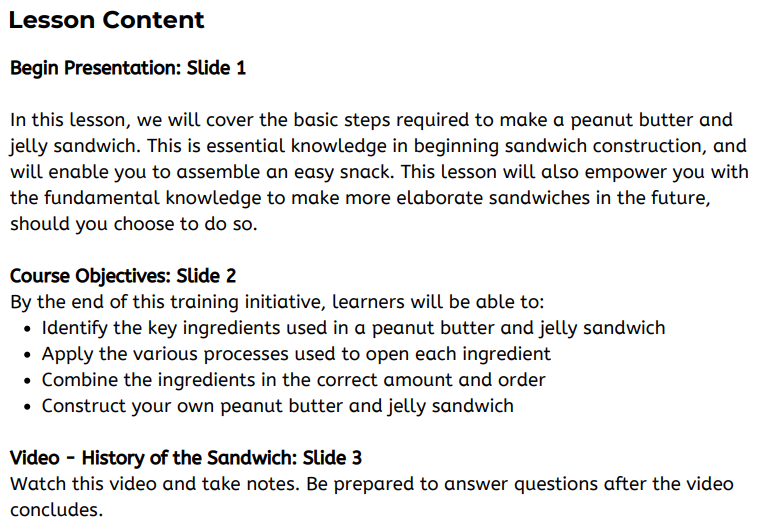
When I design any Instructor-Led Training (ILT), I make sure to break up any passive content, such as video watching, with an activity or discussion that helps to ground the learning in reality and “wake the learners up.” This box also shows the difference in how one might format questions as an ID: the first set of questions is more Socratic, whereas the second has an Ask/Answer duality.
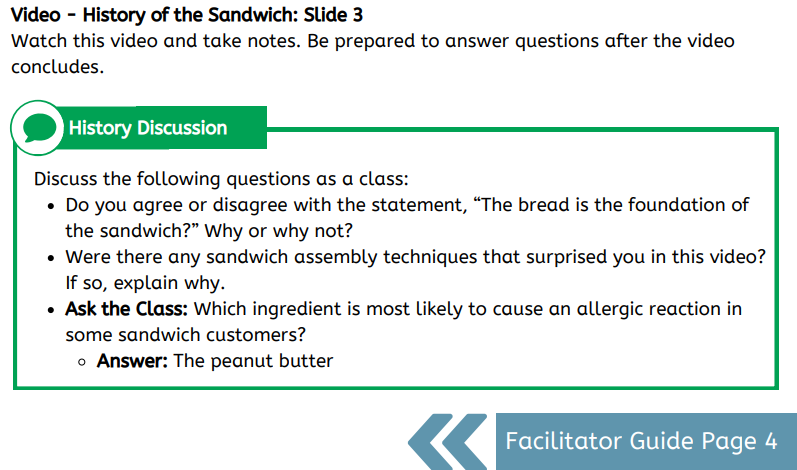
Of course, a good FG does not simply tell Facilitators what to say. It also helps them manage their time by instructing them on how to distribute their limited supplies (“If; Then” statements are very important to any classroom variables, such as how many workstations are available in this example), and when to send students on a “bio break” so that they can do some quick administrative tasks.
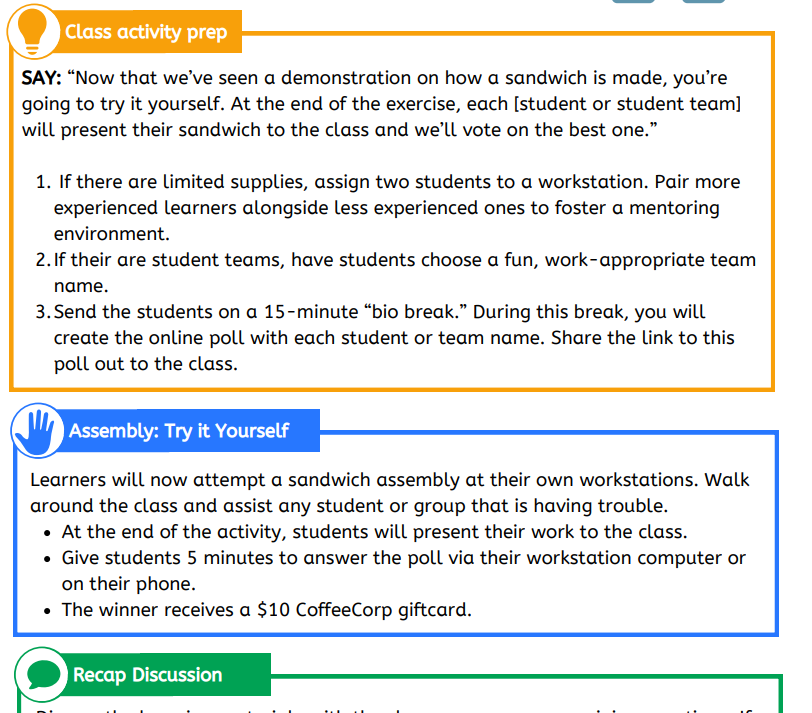
You can view two different styles of FG below.
The example built in GSuite is a great example of how one can create excellent and meaningful content on a shoestring budget. It has been scrubbed for any sensitive content.
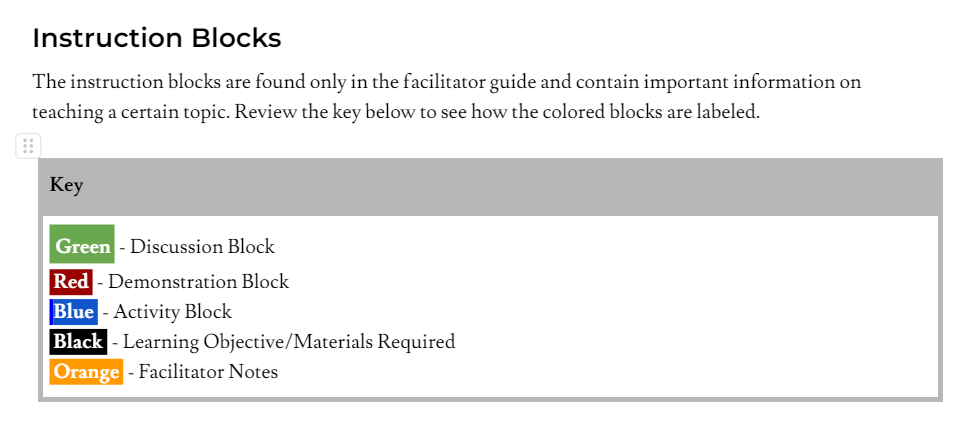
This is a full example of how a course might look when built with this style of FG.


